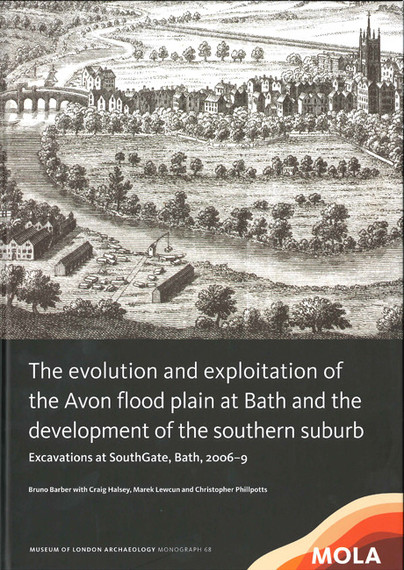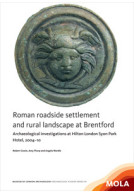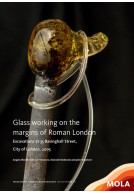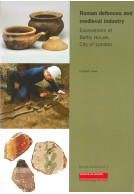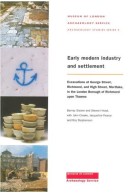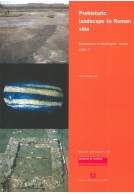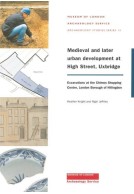The Evolution and Exploitation of the Avon Flood Plain at Bath and the Development of the Southern Suburb (Hardback)
Imprint: MOLA (Museum of London Archaeology)
Pages: 300
ISBN: 9781907586286
Published: 5th February 2015
Script Academic & Professional
Pages: 300
ISBN: 9781907586286
Published: 5th February 2015
Script Academic & Professional
You'll be £30.00 closer to your next £10.00 credit when you purchase The Evolution and Exploitation of the Avon Flood Plain at Bath and the Development of the Southern Suburb. What's this?
+£4.99 UK Delivery or free UK delivery if order is over £40
(click here for international delivery rates)
Need a currency converter? Check XE.com for live rates
(click here for international delivery rates)
Need a currency converter? Check XE.com for live rates
The construction of a new shopping centre afforded MOLA the opportunity to investigate a 3.55ha site located between the north bank of the River Avon and the southern defences of Roman and later Bath. Extensive geoarchaeological work allowed the modelling and dating of the main stages in the evolution of this part of the Avon flood plain from at least the Late Devensian (23–11.5ka BP). The pre-Holocene landforms can be related to the wider pattern of climate-driven landscape change. A very large lithic assemblage points to task-based activities on or immediately adjacent to the site in the Early and Late Mesolithic, but analysis indicates that the recovered scatters have been subject to post-depositional processes. Little evidence for the use of the flood plain in the Roman period was recovered, but the outer defences of the Anglo-Saxon burh were investigated and extramural activity of rural and perhaps popular religious character recorded. Following the Norman Conquest, major landscape reorganisation took place, with extensive quarrying, the construction of the earliest southern road out of the city, the laying out of burgage plots and creation of an artificial watercourse to serve as a mill race and perhaps flood defence. Occupation in the southern suburb is well represented from the mid 13th century and its character and development is reconstructed in a sequence terminating in two destructive events of the 20th century – the air raids of 1942 and the construction of the first Southgate shopping centre in the 1970s.
Other titles in MOLA (Museum of London Archaeology)...







